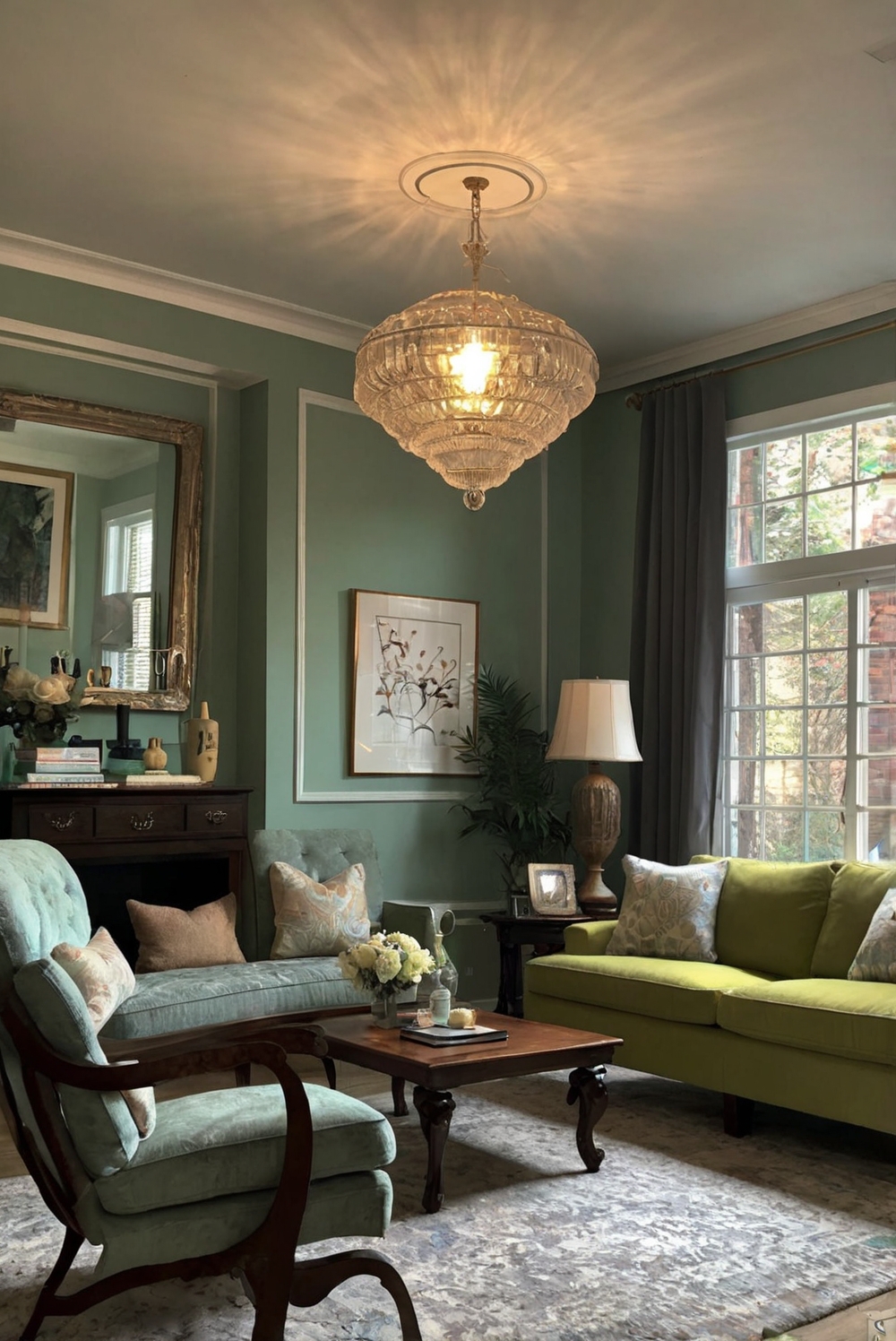Discover the best lighting for your living room reading nook. Explore how different types of lighting enhance your interior design for a cozy and functional space.
**
What are the best types of lighting for reading in the living room?
**
What are the best types of lighting for reading in the living room?
When it comes to creating the perfect reading environment in your living room, choosing the right types of lighting is crucial. Here are some important factors to consider:
Natural Light:
One of the most important sources of light for reading is natural light. Position your reading nook near a window to take advantage of natural daylight. This type of light is not only beneficial for your eyes but also creates a soothing and inviting atmosphere for reading.
Task Lighting:
Task lighting is essential for reading as it provides direct light to the reading material. A adjustable floor lamp or a table lamp with a focused beam is ideal for reading. Make sure the light is positioned correctly to avoid glare and shadows on the page.
Ambient Lighting:
Ambient lighting helps create a warm and inviting atmosphere in the living room. Use overhead fixtures, wall sconces, or recessed lighting to provide overall illumination. This type of lighting can complement natural light during the evening hours.
Color Temperature:
When selecting the best types of lighting for reading, consider the color temperature of the bulbs. Warm white (2700-3000K) or neutral white (3500-4100K) bulbs are recommended for reading as they provide soft and comfortable light without straining your eyes.
Dimmable Lights:
Dimmable lights offer flexibility in adjusting the brightness levels according to your reading needs. Invest in dimmable lamps or fixtures to create the perfect reading ambiance in your living room.
By incorporating a combination of natural light, task lighting, ambient lighting, and dimmable lights, you can create a comfortable and well-lit reading space in your living room.
1. What are the best types of lighting for reading in the living room?
– The best types of lighting for reading in the living room are task lighting, such as adjustable floor lamps, table lamps, or wall-mounted reading lights. These provide direct and focused illumination on the reading material without causing glare or shadows. LED lights are recommended for reading as they provide bright but energy-efficient lighting. Natural light from windows can also be beneficial during the day. It is important to position the lighting sources strategically to avoid eye strain and ensure proper visibility of the text. A combination of ambient and task lighting can create a comfortable reading environment in the living room.
2. How can lighting affect reading in the living room?
– Proper lighting is essential for comfortable reading in the living room. Inadequate lighting can cause eye strain, fatigue, and discomfort, making it difficult to focus on reading material. Harsh or dim lighting can create glare, shadows, or reflections that hinder readability. Bright, adjustable task lighting is crucial for reading, as it provides clear and direct illumination on the reading material. Positioning the lighting sources at the right angle and distance is key to optimizing visibility and reducing strain on the eyes. By choosing the right types of lighting and arranging them effectively, reading in the living room can be a pleasant and enjoyable experience.
3. Are there specific guidelines for choosing lighting for reading in the living room?
– There are several guidelines to consider when choosing lighting for reading in the living room. The color temperature of the light is important, with cooler temperatures (around 4000-5000K) being ideal for reading as they mimic natural daylight. Adjustable lighting options allow for customization based on individual preferences and reading conditions. Positioning the light source behind or beside the reading area can help reduce glare and shadows. Using dimmer switches or smart lighting systems provides flexibility in adjusting the light intensity for different tasks. Additionally, choosing fixtures with shades or diffusers can help distribute the light evenly and prevent direct glare on the eyes.
4. What are the benefits of using LED lights for reading in the living room?
– LED lights offer numerous benefits for reading in the living room. They are energy-efficient, consuming less power than traditional incandescent bulbs, which can result in cost savings in the long run. LED lights have a longer lifespan, reducing the need for frequent bulb replacements. They produce bright, clear light that is ideal for reading, with minimal heat emission. LED bulbs also come in various color temperatures, allowing users to select the most suitable option for reading tasks. Overall, LED lights provide a reliable and effective lighting solution for creating a comfortable reading environment in the living room.
5. How can natural light be utilized for reading in the living room?
– Natural light can be a valuable source of illumination for reading in the living room. Positioning reading areas near windows or incorporating skylights can maximize the use of natural light during the day. Natural light provides a soft, diffused glow that is gentle on the eyes and enhances the reading experience. To prevent glare and excessive brightness, consider using curtains, blinds, or sheer fabrics to control the amount of sunlight entering the room. Combining natural light with adjustable task lighting can create a well-balanced and inviting reading environment in the living room. Additionally, exposure to natural light has been linked to improved mood, productivity, and overall well-being, making it a beneficial element for reading spaces.







